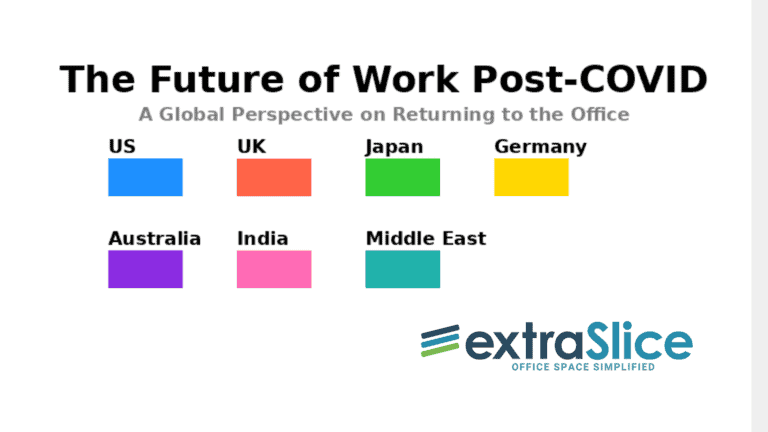Deciding Whether a Full-Time Return to the Office is Right for Your Organization
As organizations worldwide adapt to post-pandemic realities, many face a critical decision: Should we return to the office full-time? At ExtraSlice WaaS, we understand the complexities of such decisions, and we’re here to help you navigate this important choice with a structured approach that balances business needs with employee well-being.
1. Evaluate Business Needs and Goals
First, assess your organization’s core operational requirements and strategic objectives.
-
Nature of Work: Does your work necessitate face-to-face interactions or physical presence, such as in labs or manufacturing environments?
-
Productivity Analysis: Compare productivity metrics from remote and in-office periods to discern any significant trends or changes.
-
Technology and Infrastructure: Examine if your current tech setup supports remote work efficiently or if enhancements would be prohibitively expensive.
2. Gather Employee Feedback and Preferences
Understanding your team’s preferences is crucial for a successful transition.
-
Surveys and Interviews: Use these tools to collect detailed insights on employees’ experiences with remote work and their views on returning to the office.
-
Work-Life Balance: Consider the impact of remote work on employees’ balance between personal and professional life.
-
Health and Safety Concerns: Account for any health issues that could influence the feasibility of resuming full office work.
3. Analyze Financial Implications
Evaluate the financial aspects of in-office versus remote or hybrid models.
-
Cost Savings: Analyze expenses such as office space, utilities, and supplies against the savings from reducing or eliminating physical offices.
-
Investment in Resources: Consider potential investments needed to support a full-time office setup.
-
Travel and Commute: Reflect on the costs and time of commuting, particularly if your workforce is now geographically dispersed.
4. Consider External Factors
Stay informed about factors outside your organization that might impact your decision.
-
Competitor Analysis: Observe how similar entities are approaching their return-to-office strategies.
-
Regulatory Requirements: Keep updated on legal and health regulations that may influence work arrangements.
-
Economic Environment: Understand the economic context and its potential impact on your sector.
5. Perform a Risk Assessment
Identify and evaluate risks associated with a full-time return to the office.
-
Operational Risks: Consider issues like operational disruptions, potential employee turnover, or decreased morale.
-
Health and Safety Risks: Assess the health implications of congregating in a shared space, including risks of future health crises.
-
Reputation Risks: Think about how your decision may be viewed by employees, clients, and potential hires.
6. Pilot Testing
Implement a trial phase with a select group returning to the office full-time to gather insights and identify any unforeseen issues.
Conclusion
The decision to return full-time to the office entails careful consideration of various factors, including business efficiency, employee satisfaction, and broader economic and industry trends. By thoroughly analyzing these aspects, you can ensure that your choice supports both your long-term business goals and the well-being of your team.
ExtraSlice: Leading the Way in Workspace-as-a-Service (WaaS) Since 2021
ExtraSlice has been at the forefront of the WaaS revolution since 2021, leading the transformation of office leasing with advanced Proptech solutions. We offer a diverse range of workspace solutions, from dedicated offices for individual tenants to shared co-tenancy spaces, all focused on providing flexibility, efficiency, and choice. Our commitment lies in redefining the workplace experience to cater to the dynamic requirements of today’s businesses.
Contact to learn about our innovative workspace solutions at: contact@extraslice.com






